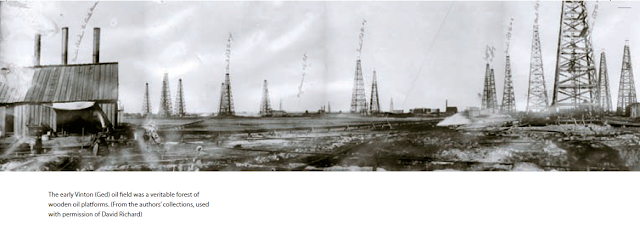Anatomy of Innocence: Testimonies of the Wrongfully Convicted
by Laura Caldwell
Well, that was completely terrifying. A collection of stories about people who were minding their own business when suddenly they are being tried and convicted of crimes they didn't commit. Spending years upon years in prison, having their entire life controlled down to the minuscule details and knowing the entire time that they shouldn't even be there. Yelling their innocence to the world with no one interested in listening. And let's be real, most of these tales are from young black males just going about their lives when they are all of a sudden picked out of a lineup. They don't really touch on this specific issue, but it's there in between the lines.
Caldwell has put together this collection of true stories of exonerees as interpreted by various authors. As a result there are various styles of storytelling, and that was the one glaring thing I didn't appreciate about the book. I believe she was going for gut-punches over actual explanations of the atrocities committed against these individuals which has it's own merits. For myself, I would have preferred more detailed, factual deep-dives but I know that's not what they were trying to do here. That being said, there were stories that had more depth in the post-chapter notes than in the story itself. The last one in particular does this, which was frustrating as a reader.
These stories are timely, horrifying, and a topic that everyone needs to be knowledgeable on. We all have a chance to sit on a jury that can decide the fates of similar people and truly understanding the impact of your decisions on that bench is important. However, this collection was only successful up to a point and I think more substance was needed in order to really drive their message home.
Copy courtesy of W. W. Norton & Company/Liveright via Netgalley in exchange for an honest review.










